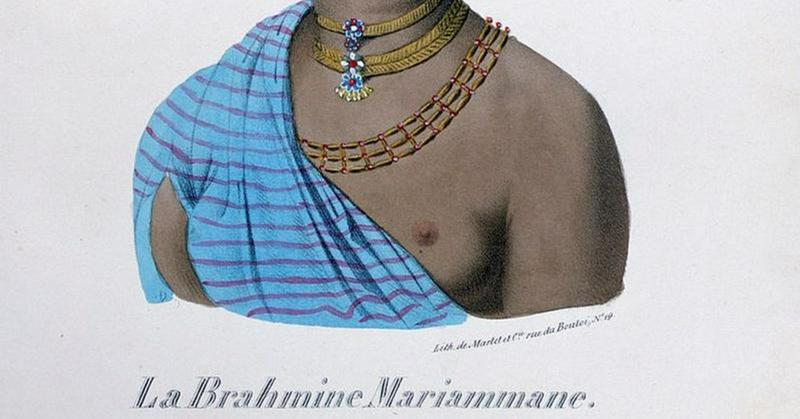The Breast Tax: Imposed On Women Who Chose To Cover Their Breasts
By | April 13, 2021

The breast tax, or the mulakkaram, was an Indian practice designed to keep the centuries-old caste system intact. If a lower-class woman wanted to cover her breasts, she had to pay a tax, the amount of which was assessed in an ... unusual way.
Castes And Breasts
For more than 1,000 years, Hindu law defined a system of social hierarchy called a caste system. The different classes defined a person's lot in life and the set of rules and laws that applied to them, which typically became more strict at every level down. At the top was the Brahmins, the ruling elite who were subject to the fewest restrictions, and at the bottom, the Vaishyas and the Shudras, or the "untouchables."
Some of the most unusual restrictions of the Kerala state concerned a woman's breasts. Those of lower castes bared their breasts to honor their "betters," while women of the Brahmin caste bared their breasts only to images of Hindu deities. The "untouchables" were not permitted to cover their breasts at all, to honor any woman of a higher caste who might walk by. It also served as a handy identifier of an "untouchable."

The Breast Tax
When Christianity was introduced to parts of India in the middle of the 19th century, many people converted to the new religion, whose modesty standards were quite different from the country's traditional customs. "Untouchable" Christian women insisted on covering their breasts, which outraged those who viewed bared breasts as a symbol of respect and valued the visible caste indicator. In other words, not terribly nice people.
The not nice people in the Kingdom of Tranvancore came up with what they certainly believed was a fair solution: imposing a tax on those who wished to cover up. That way, it was technically allowed, but it was heavily disincentivized, especially among the lowest castes who lived well below the poverty line. From the mid-1800s until 1924, the "breast tax" was collected from women of the lower castes who refused to go wild.

Amazingly, There Were Controversies
Those subject to the breast tax were obviously not happy about it, but not just for the reason you think. The amount varied from woman to woman based not on her income or even her caste but the size of her breasts. Tax collectors went door to door, demanding to inspect every woman living in each house, and determined the amount of her tax. Even young teens who were just beginning to blossom had to pay the breast tax, albeit in smaller amounts.
Most of the affected women were too downtrodden and afraid to voice their objections, but in 1803, Nangeli of Cherthala supposedly got fed up. When the tax collector showed up at her door, Nangeli is said to have sliced off her breasts and presented them to him in lieu of payment, after which she promptly died of blood loss and her husband became so distraught that he jumped into her funeral pyre to follow her in death. Whether or not the legend is true, it made little difference to lawmakers. The breast tax wasn't permanently abolished until 1924.

